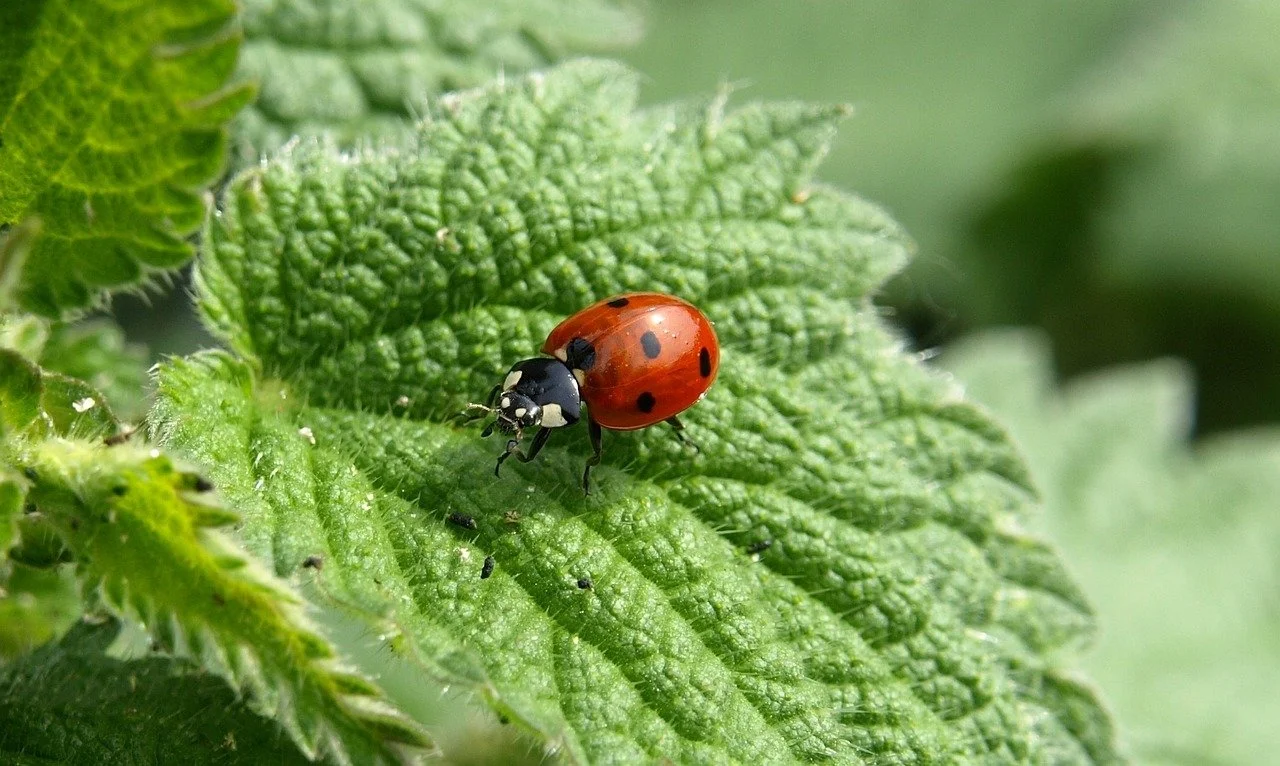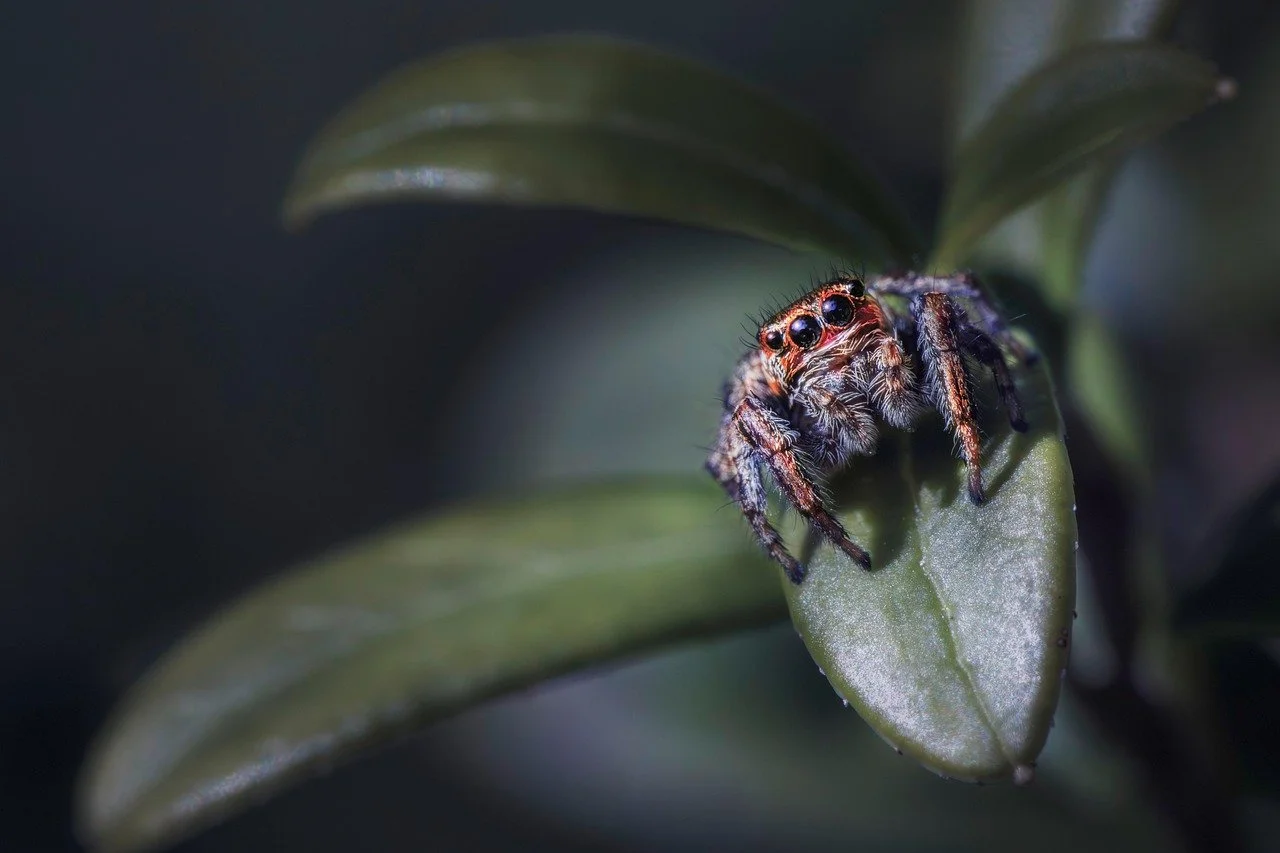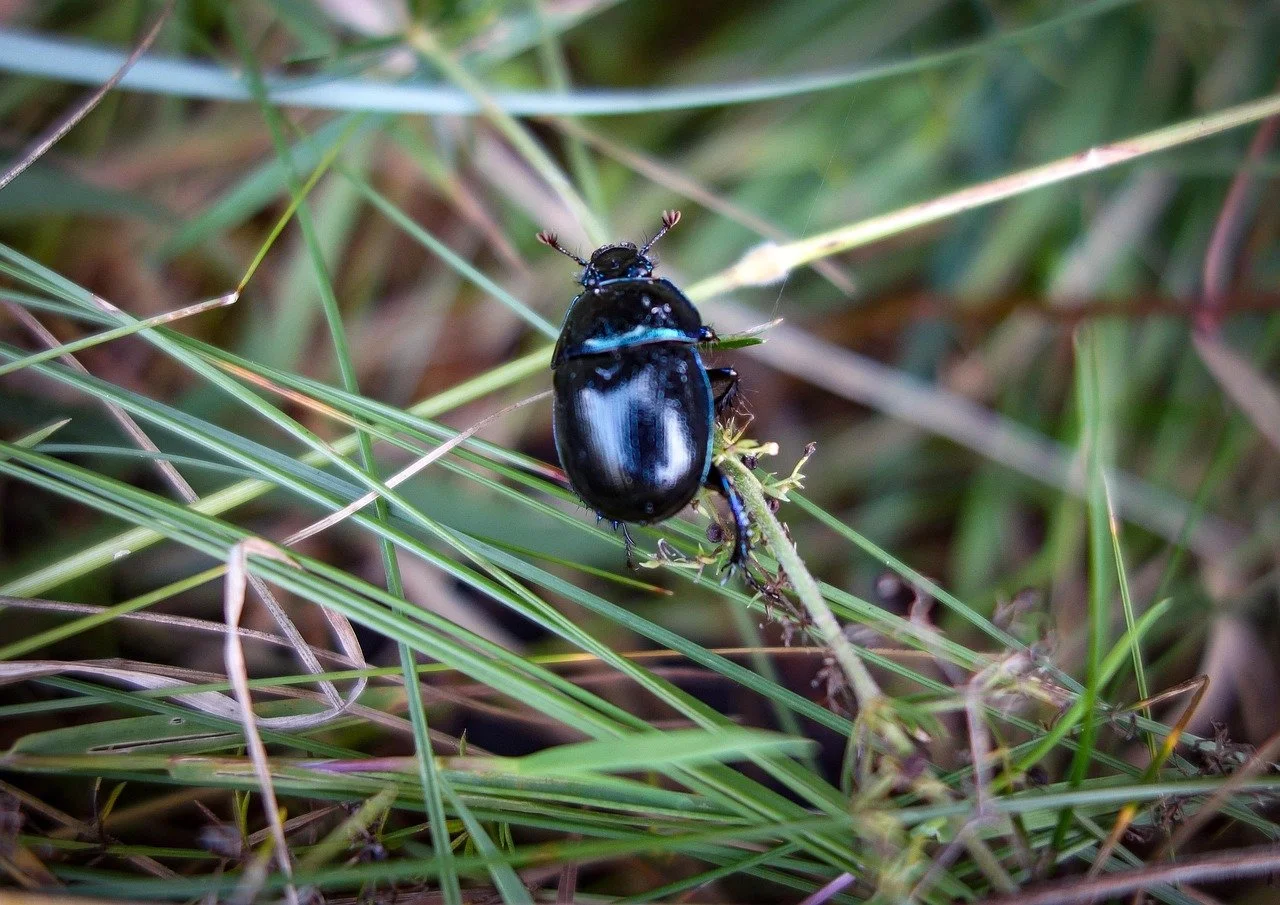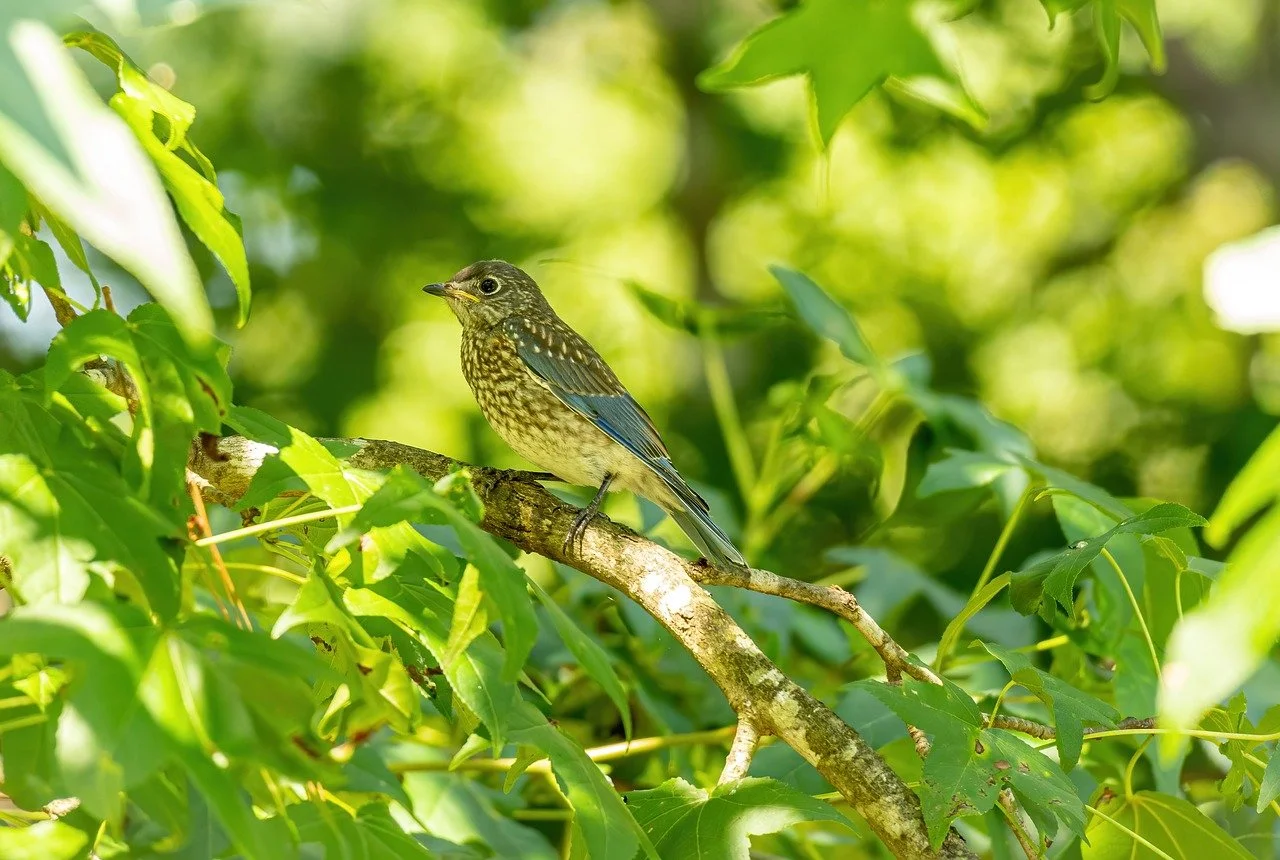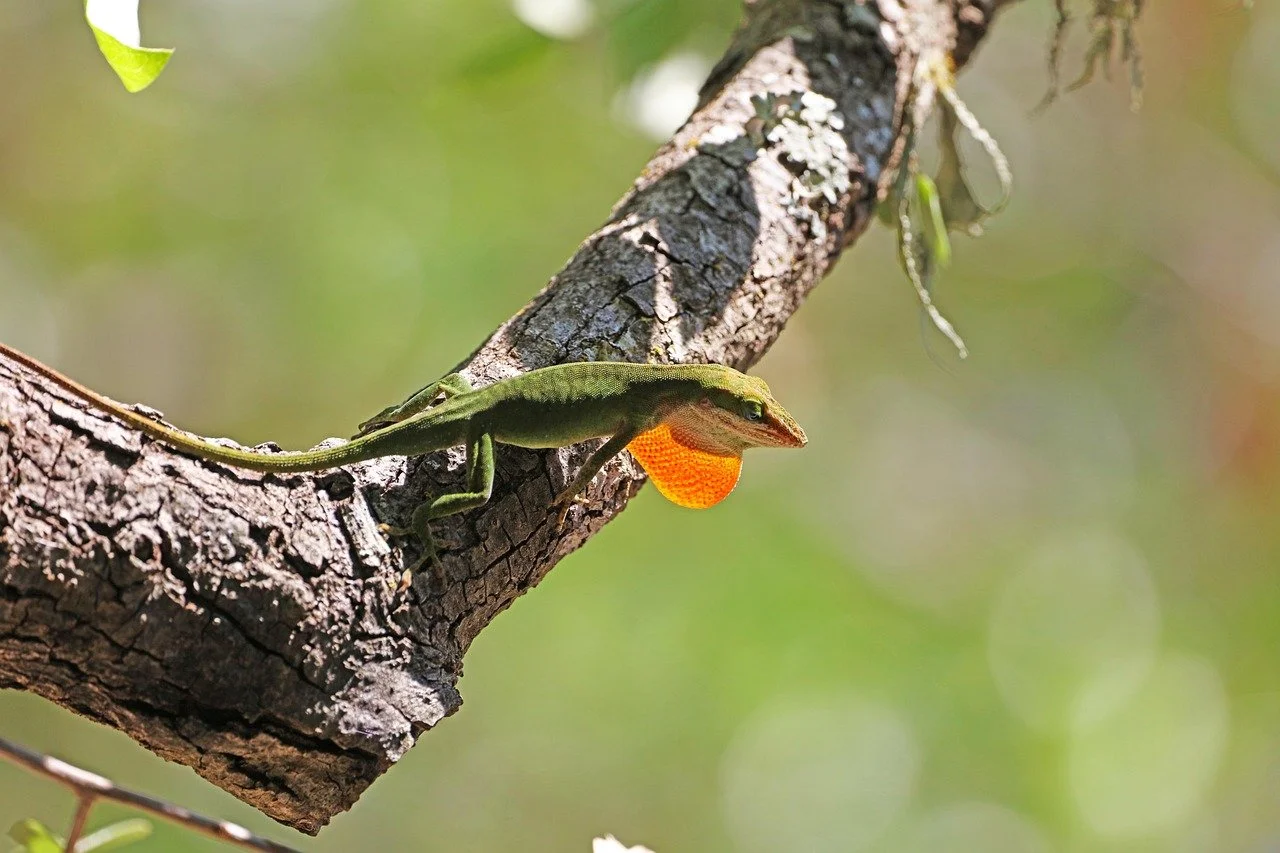Garden MVPs: 10 Critters You Want in Your NC Garden
Because not everything that crawls is out to ruin your tomatoes.
Let’s talk bugs, birds, and beyond—the wild and wonderful creatures that live rent-free in your garden and actually earn their keep. If you're gardening in North Carolina, you already know our hot, humid summers make for a thriving plant paradise—and a welcome mat for just about every critter imaginable. But while some of them nibble your leaves and trample your tomatoes, others are the unsung heroes of your NC garden.
So let’s give credit where credit is due. These are the top 10 critters you should roll out the green carpet for—no eviction notices necessary.
1. Ladybugs
These tiny red warriors aren’t just cute—they’re lethal. To aphids, that is. A single ladybug can devour up to 50 aphids a day, and frankly, we love that energy.
Why they rock:
Aphids are like vampires for your plants. Ladybugs are their garlic. Having a healthy ladybug population means fewer leaf curlers and happier veggies. You can even buy ladybugs online if your garden is looking a little aphid-prone—talk about garden bodyguards.
2. Bees
If your garden were a concert, bees would be the headline act and the road crew. These buzzy pollinators are essential to keeping your flowering plants, fruits, and veggies thriving.
Why they rock:
Bees pollinate tomatoes, cucumbers, squash, and pretty much everything else you love to grow (and eat). Without them, your garden is just a bunch of plants with unrealized potential. Think of them as the motivational speakers of the flora world.
Pro tip: Planting wildflowers or herbs like lavender, thyme, and mint will keep your local bee friends well-fed and buzzing with gratitude.
3. Spiders
Before you swat, take a breath. Most garden spiders are completely harmless to humans and absolute nightmares for garden pests.
Why they rock:
They’re your stealth pest control. Spiders trap and eat flies, mosquitoes, and even destructive beetles—basically all the bugs that make you swat, itch, or panic.
Yes, they look like Halloween decorations. But they’re functional Halloween decorations.
4. Earthworms
Wiggly, weird, and weirdly wonderful—earthworms are the secret agents of soil health. And in NC’s clay-heavy soil? They’re MVPs.
Why they rock:
Earthworms aerate your soil, which helps roots grow deep and strong. They also leave behind nutrient-rich castings (aka poop) that act like natural fertilizer. So the next time you see a worm mid-squiggle, offer a respectful nod.
5. Ants
Yes, ants. We know they can be annoying at picnics and intrusive in your kitchen, but in your garden, they’re little ecosystem engineers.
Why they rock:
Ants help aerate the soil, much like worms. They also clean up dead insects and assist in pollination by spreading pollen as they forage. Bonus: they go after the eggs and larvae of some more problematic bugs.
Just don’t invite them into your house—they have no concept of personal space.
6. Ground Beetles
Big, fast, and often overlooked, these nocturnal critters are like tiny tanks that patrol your garden for pests.
Why they rock:
Ground beetles munch on slugs, snails, caterpillars, and other soil-dwelling plant villains. They’re active at night, so you might not see them often, but they’re doing big work while you’re dreaming of tomatoes.
7. Birds
From robins to bluebirds to wrens, feathered friends do more than just sing in the morning—they’re garden multitaskers.
Why they rock:
Birds snack on insects like caterpillars, grubs, and beetles. They also help control mosquito populations and even disperse seeds. Install a birdbath or feeder, and they’ll thank you with fewer pests and prettier mornings.
PSA: Skip the bread. Birds aren’t carb-loading for marathons.
8. Bats
They might have a spooky reputation, but bats are basically the night shift on your garden’s pest control team.
Why they rock:
One bat can eat up to 1,000 mosquitoes in an hour. (Yes, you read that right.) And in NC’s muggy summer nights? That’s a blessing. They also help pollinate night-blooming flowers and disperse seeds.
Installing a bat box is an excellent way to say, “Thanks for the mosquito help, you tiny, flying legend.”
9. Lizards
Skinks, anoles, and other lizardy locals love NC gardens—and we love them back.
Why they rock:
Lizards are fast, agile insect predators. They snack on beetles, ants, flies, and even small slugs. Plus, watching them sunbathe on your garden stones is a whole vibe.
Fun fact: NC is home to the vibrant green Carolina anole, who likes to flash his red throat fan when feeling dramatic. Big mood.
10. Frogs & Toads
Slimy? Sure. Adorable? Also yes. Frogs and toads are a staple in healthy, damp garden ecosystems.
Why they rock:
These guys are natural pest vacuums. A single toad can eat 100+ insects a night—including slugs, mosquitoes, and cutworms. If you’ve got a shady corner or water feature, consider yourself lucky if frogs move in.
Creating a simple toad house (upturned flower pot, anyone?) can invite them to stick around.
Final Thoughts: Be Kind to the Crawlies
Sure, not every bug in your NC garden is a welcome guest. (Looking at you, squash vine borers.) But a surprising number of them are doing essential work—pollinating your plants, balancing your ecosystem, and making your garden healthier without the use of sprays or expensive gimmicks.
So next time you catch a glimpse of a ladybug army or a lizard zipping through your tomato patch, take a moment to appreciate the quiet work happening under your nose. Or feet. Or, you know, wherever the garden drama is unfolding that day.
Your garden is a whole little world—make it a good one.
Happy digging,
flora + TIMBER

